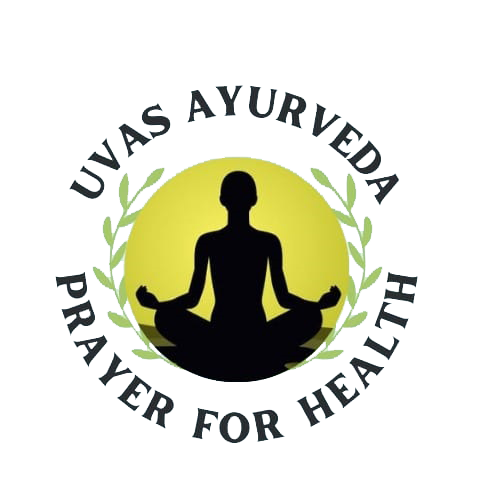The name “Garbha Matha Sanskara” has an intricate meaning- Garbha refers to a foetus or baby while matha means the mother and sanskara is the process of instilling values and the events involved. It can be understood as a procedure where the child is imparted certain values and qualities that encourage early learning while developing a phenomenal bond between the two. This harmonious process can be divided into three parts like so:
- Beejasanskara- The habits that parent’s practice before becoming pregnant are essential in producing a healthy offspring
- Garbhasanskara- involves caring for the mother from her pregnancy until the baby is born
- Balasanskara- The procedures, rituals and celebrations that should be performed when a baby is born
Garbha Matha Sanskara is about raising a baby in the womb physically, emotionally, and spiritually. Garbha Matha Sanskara is an integral part of Ayurveda and was part of our ancestral culture. It is probably the reason why our ancestors are healthy in a real sense.
An illuminating exploration into the profound essence of Garbh Sanskar, a centuries-old Indian practice meticulously crafted to nurture the comprehensive development of the unborn child during the miraculous journey of pregnancy. Rooted in rich cultural and spiritual values, this age-old tradition serves as a testament to the profound and enduring bond between a mother and her unborn child. It is a spiritual odyssey that transcends the boundaries of time, delving into the sacred realms of maternal connection and holistic prenatal care.
This special practice aims to also nurture the baby’s mind and spirit, laying the foundation for a well-balanced life. Every little ritual and belief in Garbh Sanskar’s pregnancy isn’t just about physical health but also about shaping who the baby becomes on the inside.
There are 16 sanskaras mentioned in Ayurvedic literatures from birth to death of a human being.
- Sanskaras provide mental and physical health and confidence to deal with health challenges.
- Sanskaras can energize and rejuvenate the body.
- It can increase body strength and energy to work longer.
- They stimulate the mind and improve concentration and intellectual ability.
The following are the sanskaras done in pregnancy
- Garbhadhana Sanskar
In the scriptures, the rituals of pregnancy were performed to obtain the desired offspring. This same practice also leads to family growth. Effective AYURVEDIC GARBH SANSKAR IN PREGNANCY is provided to couples planning conscious pregnancy leading to effective parenthood.

Highlight the pivotal importance of preparing both the body and mind before conception, unveiling practices such as maintaining a balanced diet, fostering positive thoughts, and engaging in spiritual practices. Emphasise the profound impact of a mother’s well-prepared state on the nurturing environment for the unborn, fostering a foundation of love and positivity.
Preconception care is care and counseling for couples planning a pregnancy well before they conceive. Advantages of a planned pregnancy include the education of future citizens in the womb and much earlier to improve physical, psychological, mental health condition of the foetus.
Garbhadhana Vidhi,is a guiding mechanism that has a set of requirements that must be followed to attain a successful conception. From basic requirements such as the right age for conception to a suitable nakshatra or brith-star. Ovulation phase between 4th to 16th nights is ideal for conception.
- Pumsavana Sanskar
Pumsavana is one of the Shodasha Karmas (Sixteen rituals) performed in various stages of life in ancient India. It deals with the technique of genetic engineering to ensure healthy progeny and to determine the sex of the child
This is usually done between the second and fourth months of pregnancy. Its purpose is to ensure the good health of the child and the proper development of its organs, so that the family line and culture will continue with the child.
Treatment consists of instilling above said herbal juice portion in the right nostril for begetting a son and into the left nostril to have a daughter. Pumsavana karma should be done after conception but before conspicuousness of organs or up to two months.
- Semanthonayana
Semanthonayana is also called semantana or semantaSanskar. Semantonayana is a description of good luck. The purpose of this sacrament is to protect the foetus and its mother and to prevent abortion. To keep a woman’s heart from going through this process and attempting to keep her heart happy. These rituals take place in the sixth or eighth month of pregnancy.
Simantakarana, literally means “parting the hair upwards”. The significance of the ritual is to wish a healthy development of the baby and safe delivery to the mother.
The ritual has more commonly evolved into a ritual that shares characteristics of a baby shower, where the friends and relatives of the woman meet, acknowledge and satisfy the food cravings of the expectant woman, and give gifts to the mother and the baby in 7th or 8th month of pregnancy.


Leave A Comment